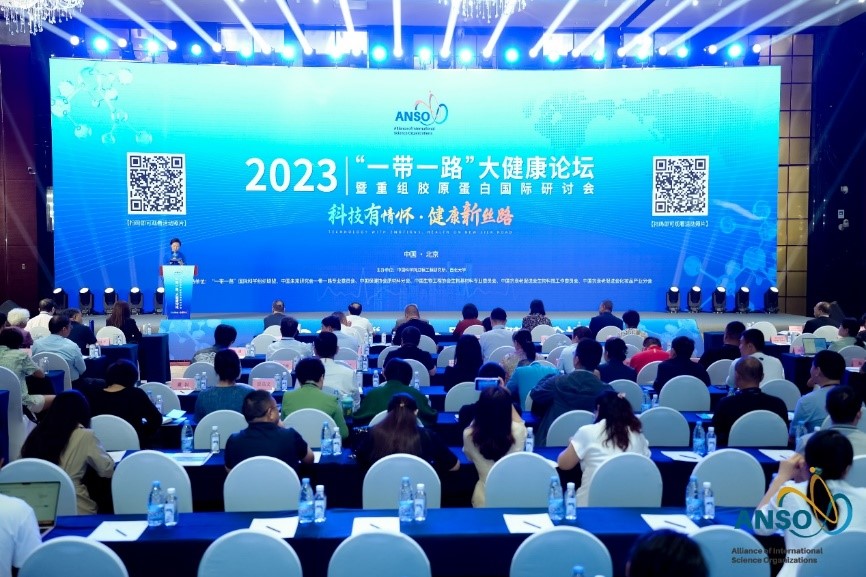Although collider programs proposed by different countries are always fiercely competitive and can be highly nationalistic in flavor, the whiff of gunpowder is much fainter among physicists working on neutrino projects.
"The cost of a next-generation collider is so high that the world can only afford a machine capable of generating 100 TeV (1 trillion electron volts, a unit used to describe the minute amount of energy emitted when particles collide), no matter whether it's built in China, the United States, Europe, or Japan," said Wang Yifang, director of the Institute of High Energy Physics affiliated with the Chinese Academy of Sciences in Beijing.
"By contrast, investment in neutrino facilities is smaller, so we can carry out our experiments at many different places simultaneously," he said.
Japan's Super-Kamiokande detector is a 50,000-metric-ton tank of purified water located 1 kilometer underground. The liquid is used as a medium to detect interactions between itself and neutrinos emitted by the sun, atmospheric rays or accelerator equipment.
The Sudbury Neutrino Observatory in Canada, containing 1,000 tons of deuterium oxide - "heavy water" drained from nuclear reactors - can only detect neutrinos produced by the sun.
The US-owned IceCube Neutrino Observatory, located at the Amundsen-Scott South Pole Station in the Antarctic, has a neutrino telescope installed under the ice to detect super-high-energy cosmic neutrinos.
China's Jiangmen Underground Neutrino Observatory in Guangdong province is mainly devoted to low-energy neutrinos emitted by nuclear reactors.
"Neutrino experiments such as Japan's Super-Kamiokande, Canada's SNO and the US IceCube, are complementary to each other," said Marcos Dracos, a high-energy physicist at the University of Strasbourg in France, chair of the JUNO institutional board.
"Of all above-mentioned projects, only JUNO can determine the neutrino mass hierarchy," he said.
IceCube could also accomplish this feat if its detector equipment could be improved, but a plan to upgrade the facility has not yet been approved. "Even if the upgrade of IceCube - called PINGU - is approved, the projects would be complementary. One would use reactor neutrinos and the other one would employ atmospheric neutrinos with different energies, different neutrinos and different neutrino-oscillation distances," he said.
Gioacchino Ranucci, deputy spokesperson for JUNO at the National Institute for Nuclear Physics in Italy, said both the Super-Kamiokande and SNO are past-generation neutrino oscillation experiments, while JUNO is one of the new generation of experiments.
"There are no advantages or disadvantages, but JUNO has to be considered as the next chapter in this exciting quest to understand neutrino oscillation - the SNO and Super-Kamiokande were the successful previous chapters," Ranucci said.(Chinadaily)
 Search
Search




 京公网安备110402500047号
京公网安备110402500047号